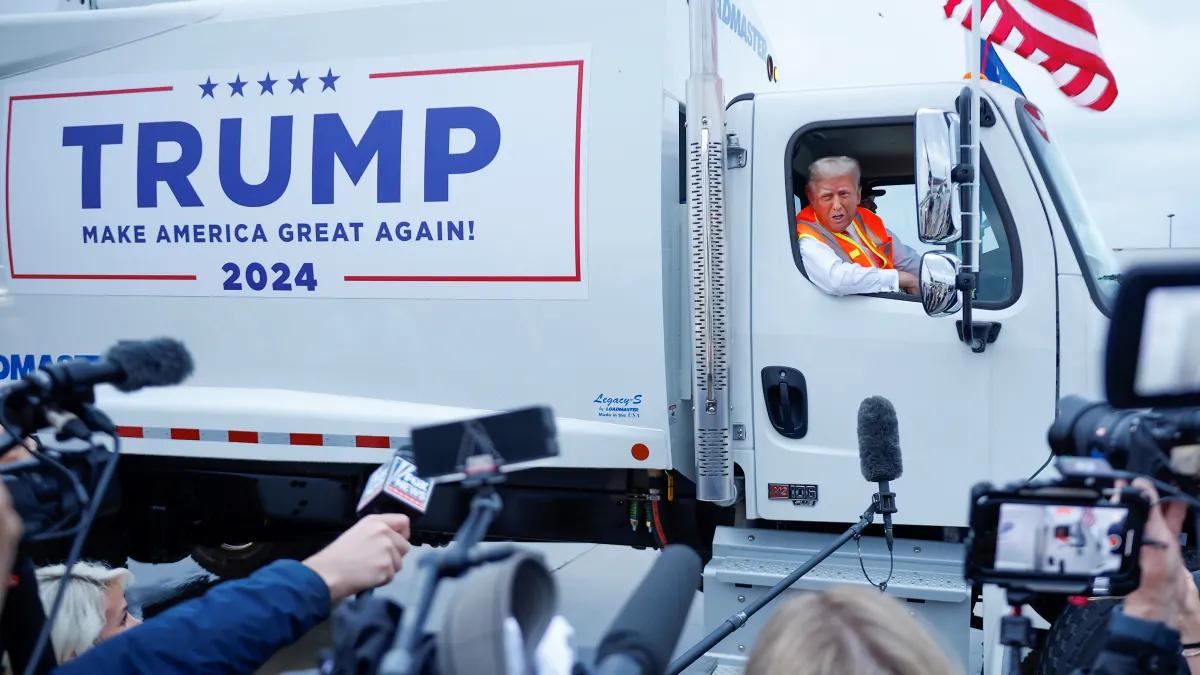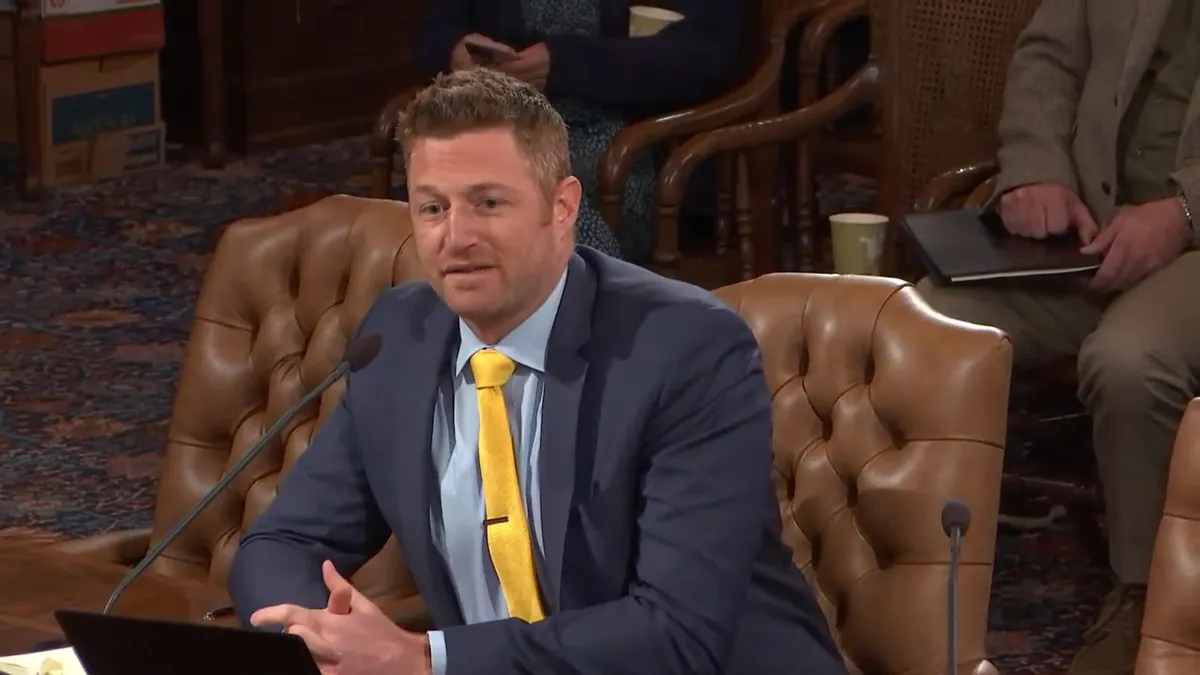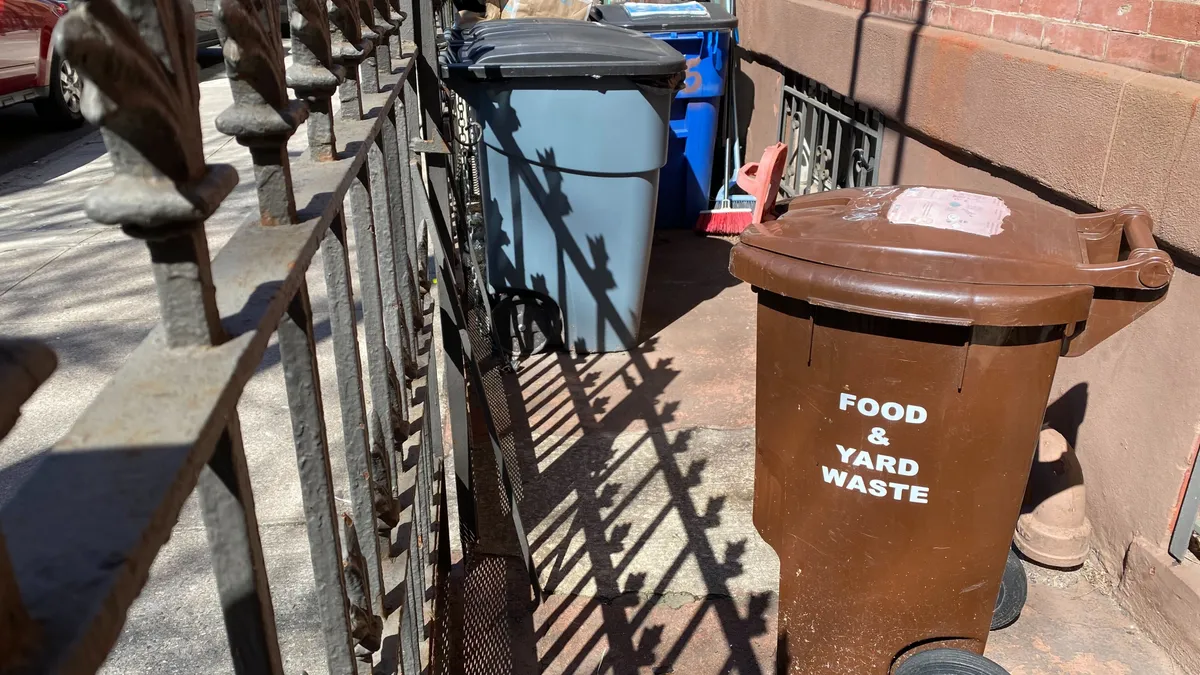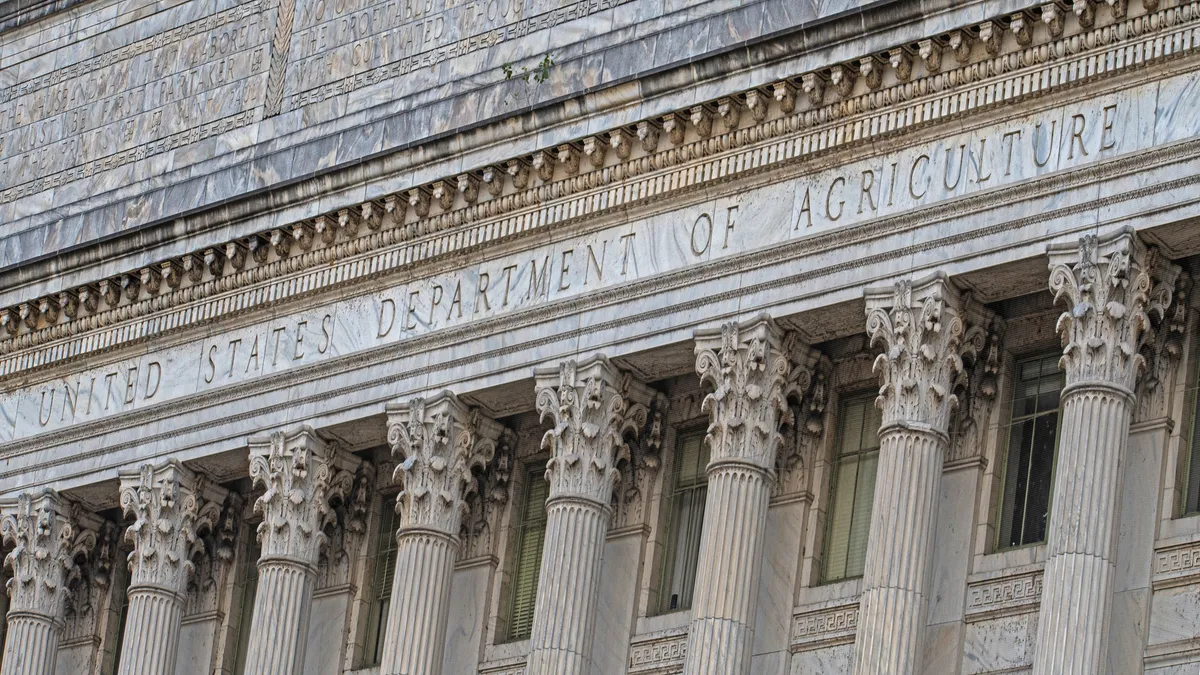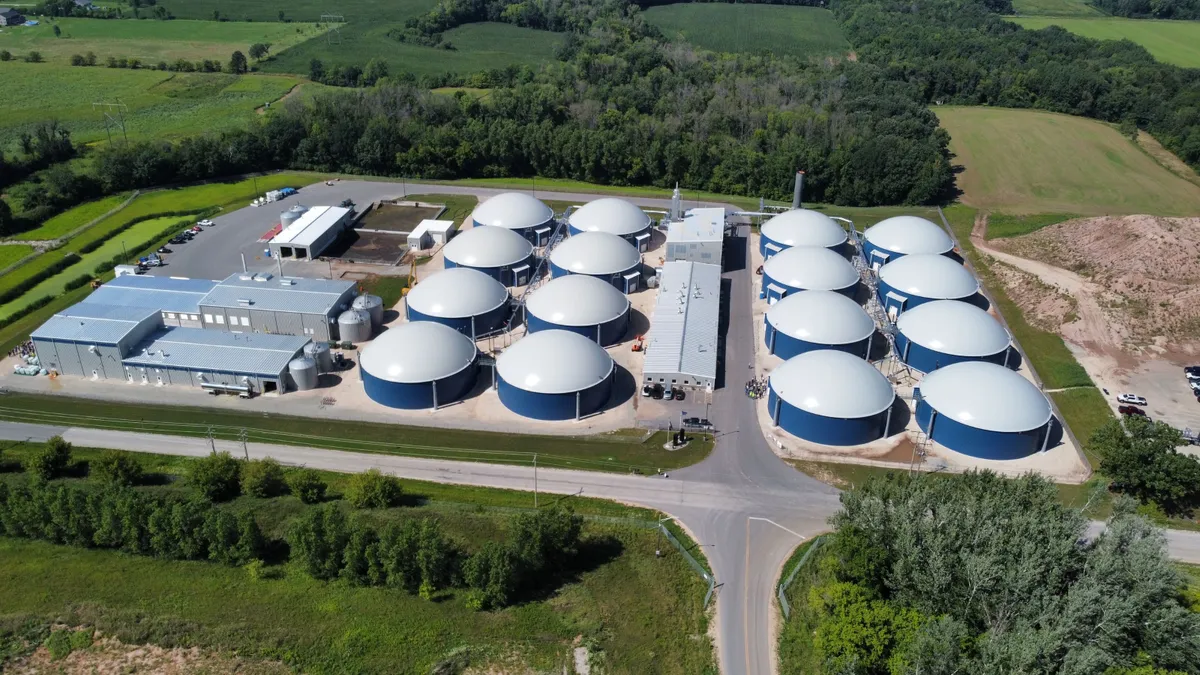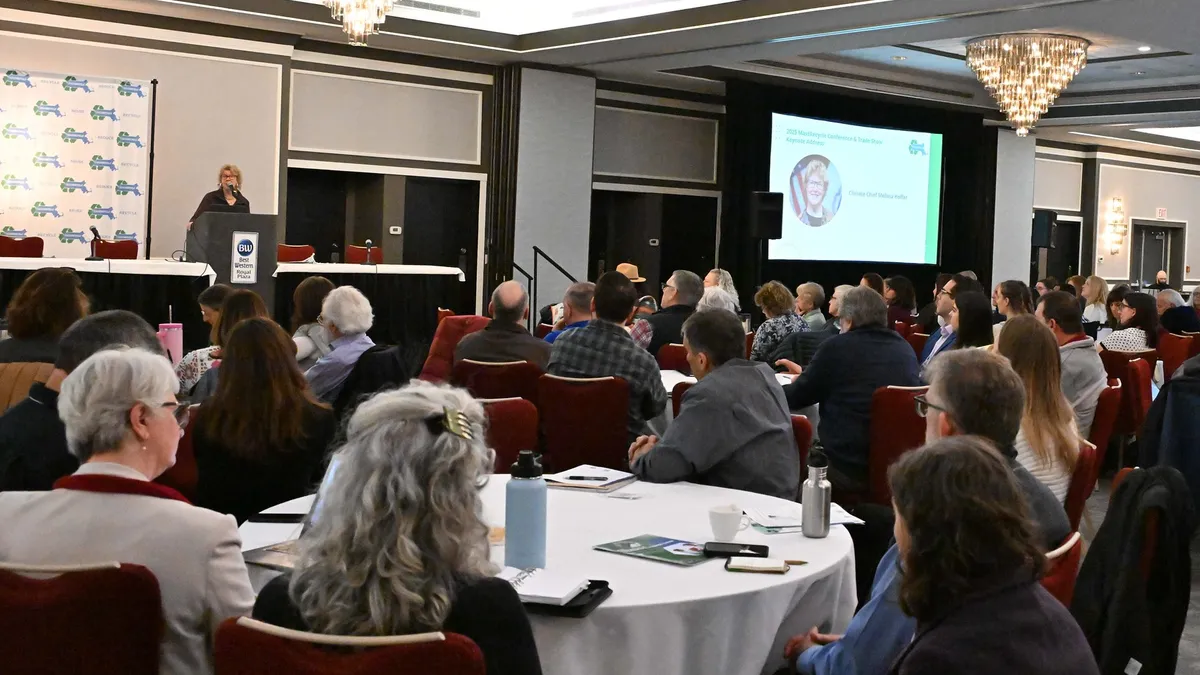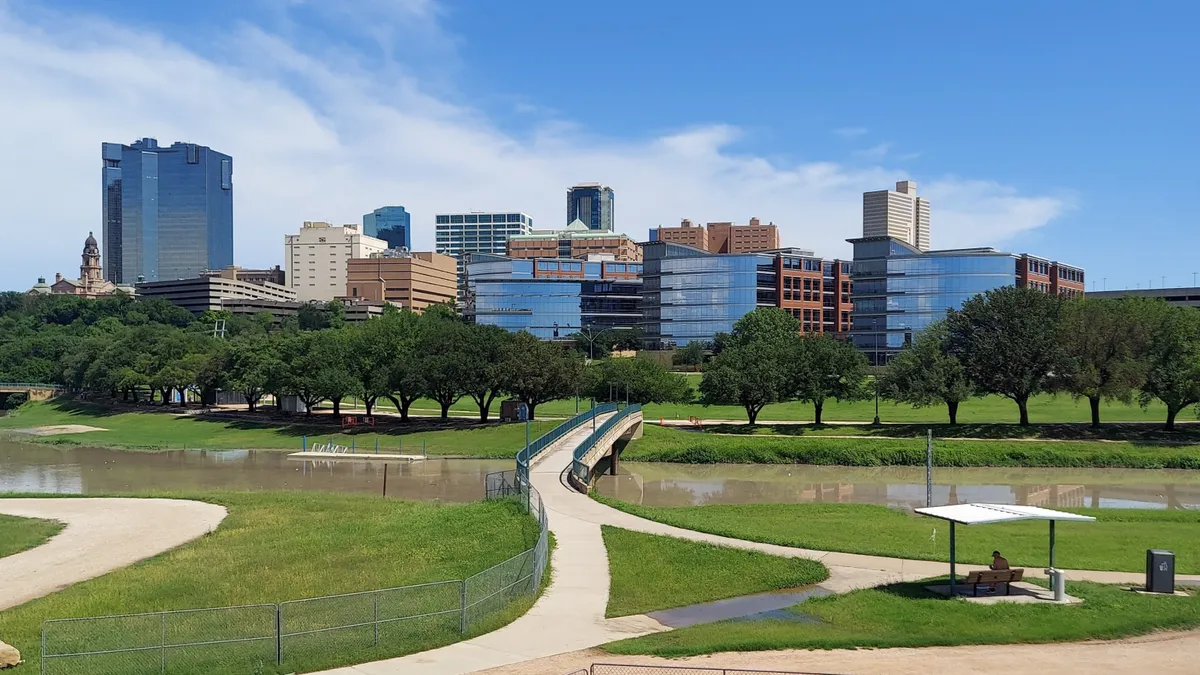U.S. Department of Agriculture Secretary Tom Vilsack announced the final version of the National Strategy to Reduce Food Loss and Waste and Recycle Organics at nonprofit ReFED’s annual Food Waste Solutions Summit on Wednesday.
The road map lays out ways to leverage current programs across federal agencies, including the USDA, EPA and FDA, to achieve the goal of halving food waste per capita in the U.S. by 2030.
The country first set that goal in 2015 but has made little progress since. According to ReFED, which works with the federal government on food waste, wasted food per capita in the U.S. actually increased from 2016 to 2022, though it is down slightly from a peak in 2021.
Vilsack, who served as President Barack Obama’s agriculture secretary at the time, said the agency should have laid out a strategy from the outset, but growing global awareness of reducing methane emissions as a climate solution has brought the issue of food systems back to the fore. He called the newly released strategy “an accountability document” that forces government bureaucracies to pay attention to the issue.
“I wish I was here to report to you that we in the U.S. government have done our job, and that we're very close to meeting that goal. But the reality is we're not,” Vilsack said at on stage at ReFED’s event.
President Joe Biden’s administration has worked with international partners to tackle methane pollution, a substantial portion of which comes from decomposing organic waste in landfills and livestock manure. Those two sources — the third and fourth largest sources of U.S. methane emissions, respectively — were recognized as places to focus reduction efforts in the 2021 U.S. Methane Emissions Reduction Action Plan and have since been the subject of Senate hearings and additional guidance documents.
EPA Administrator Michael Regan announced the draft national food waste strategy at COP28 in December. There, the administration played a role in holding events related to food loss and waste to bring awareness and coordinate action on the issue globally, Vilsack said. On May 30, the Biden Administration further expanded those efforts by renewing its commitment to the 2030 goal and adding the U.S. Agency for International Development to interagency efforts to reduce food loss and waste.
The final strategy lists four primary objectives: prevent food loss; prevent food waste; increase the recycling rate for all organic waste; and support policies that incentivize and encourage the prevention of food loss and waste and organics recycling. It notes the need to support and prioritize overburdened communities through strategies like food rescue and dedicated funding for community composting and other organics recycling facilities that such areas couldn’t otherwise attain.
The strategy also notes the climate impact of food loss and waste. Federal research indicates 58% of fugitive emissions from landfills come from food waste. Even excluding landfill emissions, uneaten food in the U.S. is estimated to waste 170 million metric tons of carbon dioxide equivalent per year, according to the EPA.
To tackle that methane, the strategy expects a ramp up in efforts to recover food or prevent food loss across the supply chain, starting with agricultural producers. It also envisions a large role for organics recycling, including both composting and anaerobic digestion.
Vilsack especially called out the latter technology, citing a recent visit he took to a Wisconsin dairy farm that used a digester to process manure into renewable natural gas and then reused the digestate. He noted federal programs from the USDA and other agencies have made those kinds of investments attractive, and said more support could further incentivize producers to implement the technology.
“You've got to create the economic message in addition to the environmental message, and you've got to figure out a way to incent that,” Vilsack said.
He also highlighted the existing efforts his agency has made on that front. Last year, the agency doled out more than $11 million in funding to compost and food waste-related projects. The USDA also made funding available through the Natural Resources Conservation Service for anaerobic digestion projects. It adds to several programs that the EPA runs with funding available for food waste reduction efforts, the largest of which is the $5 billion Climate Pollution Reduction Grant program.
In an interview following his comments on the ReFED stage, Vilsack said the agency is still working to allocate significant funding it received from the Inflation Reduction Act via several programs, including the Rural Energy for America Program. That program provides loans of up to $25 million, or grants of up to $1 million, to agricultural producers, and the agency has begun to put it to use financing anaerobic digesters on farms that can co-digest food waste.
Vilsack said he’d also received positive feedback on the composting program, and he was engaging with industry partners to identify ways he could boost such facilities more through greater funding.
“If I had an additional $5 million, or an additional $10 million, or an additional $50 million, what would you most want us to do with that money? The more specific you can become, the easier it is for me to figure out,” Vilsack said.
ReFED and other organizations have also called on Congress to expand the existing Food Loss and Waste Reduction Liaision position into a full office with staff that could facilitate interagency collaboration on the issue. Vilsack said he would consider moving money around to make that a reality, but that it would be easiest if he had additional funding.
That’s most likely to come via the farm bill, the five-year funding legislation for the USDA. The most recent iteration of the document is delayed, and both chambers of Congress now have competing proposals from Democrats and Republicans.
“You fund your priorities,” Vilsack said. “When Congress says do it, and here's some money, even if it's not an adequate amount of money, it's an indication that Congress is taking this thing seriously.”





